Summer Heat: Tips for Fishing When Temperatures Soar
The scorching summer sun beats down mercilessly, creating a challenging environment for even the most dedicated anglers. As temperatures climb into the upper 80s, 90s, and beyond, fish behavior changes dramatically, forcing fishermen to adapt their strategies or face the disappointment of empty livewells. Yet summer fishing doesn’t have to mean frustration and failure.
With the right knowledge and techniques, the hottest days can still yield impressive catches while keeping both you and the fish healthy. This comprehensive guide explores proven methods for successful fishing during those sweltering summer months when the mercury seems stuck at the top of the thermometer.
Understanding How Heat Affects Fish Behavior
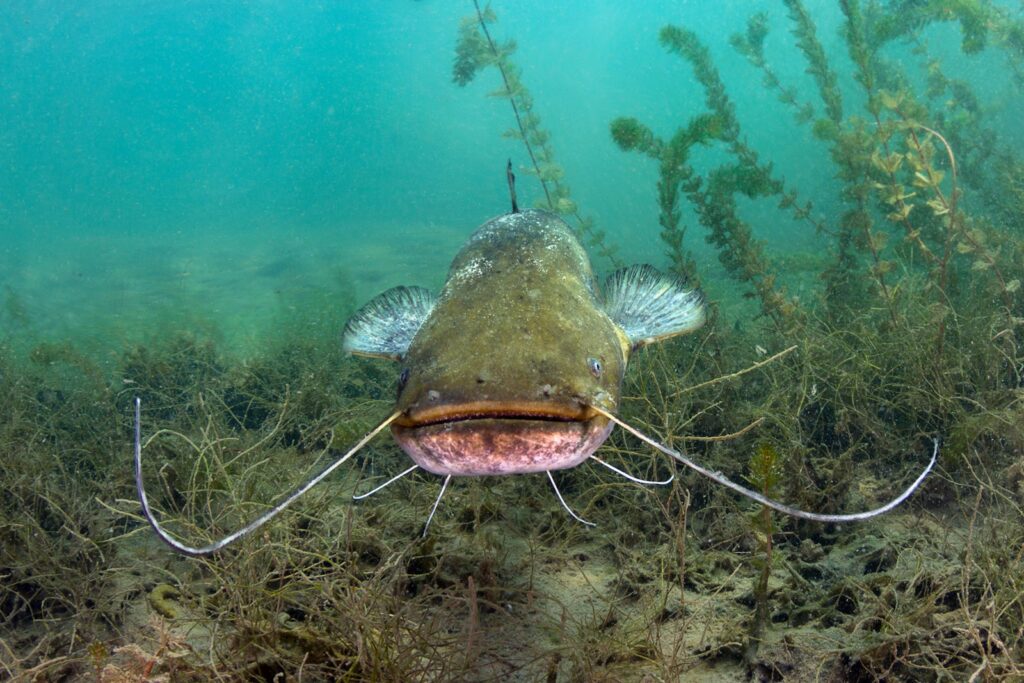
Fish are cold-blooded creatures, meaning their body temperature fluctuates with their environment, significantly impacting their activity levels and feeding patterns. As water temperatures rise, fish metabolism initially increases, potentially triggering more aggressive feeding until a certain threshold is reached. However, once water temperatures exceed comfortable levels (typically above 80°F for many species), fish become stressed and lethargic, seeking cooler, more oxygen-rich waters while conserving energy.
Different species have varying temperature tolerances, with coldwater species like trout becoming stressed much sooner than warmwater species like bass or catfish. Understanding these biological responses helps explain why that productive fishing spot from spring might suddenly seem devoid of life during summer’s peak heat.
Timing Your Fishing Trip Strategically

During summer’s intense heat, timing becomes perhaps the most critical factor in fishing success.
Early mornings, particularly the first hour or two after sunrise, often provide the day’s best fishing opportunities as water temperatures reach their daily low point and fish actively feed before the heat sets in. Late evenings and into the night offer similar advantages as waters begin cooling from their daytime highs, triggering another feeding period. Avoid mid-day fishing between 10 am and 4 pm when possible, as this typically represents the hottest part of the day when fish are least active and seeking deeper, cooler waters.
Many experienced anglers shift entirely to night fishing during summer’s hottest periods, taking advantage of cooler temperatures and increased fish activity after dark.
Finding the Coolest Water
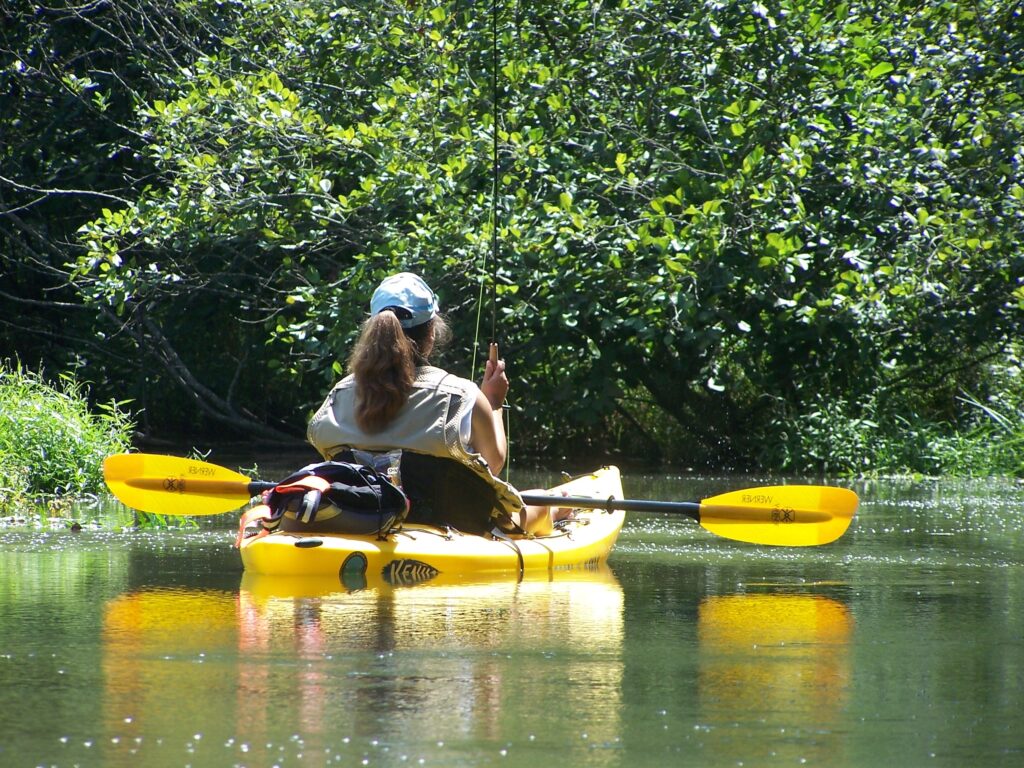
During intense summer heat, successful fishing often depends on locating the coolest water available, which becomes prime real estate for fish seeking relief. Deep water areas like channels, basin holes, and underwater structure naturally maintain lower temperatures than shallow flats exposed to direct sunlight. Areas with consistent water flow, such as below dams, near springs, or at creek mouths introducing cooler water, create thermal refuges that concentrate fish during hot periods.
Shaded areas under docks, overhanging trees, or dense lily pad fields can maintain temperatures several degrees cooler than surrounding waters. Modern fishing electronics with temperature sensors can be invaluable for identifying these thermal sanctuaries and the thermoclines (layers of rapid temperature change) where fish often suspend during hot weather.
Adjusting Your Target Species
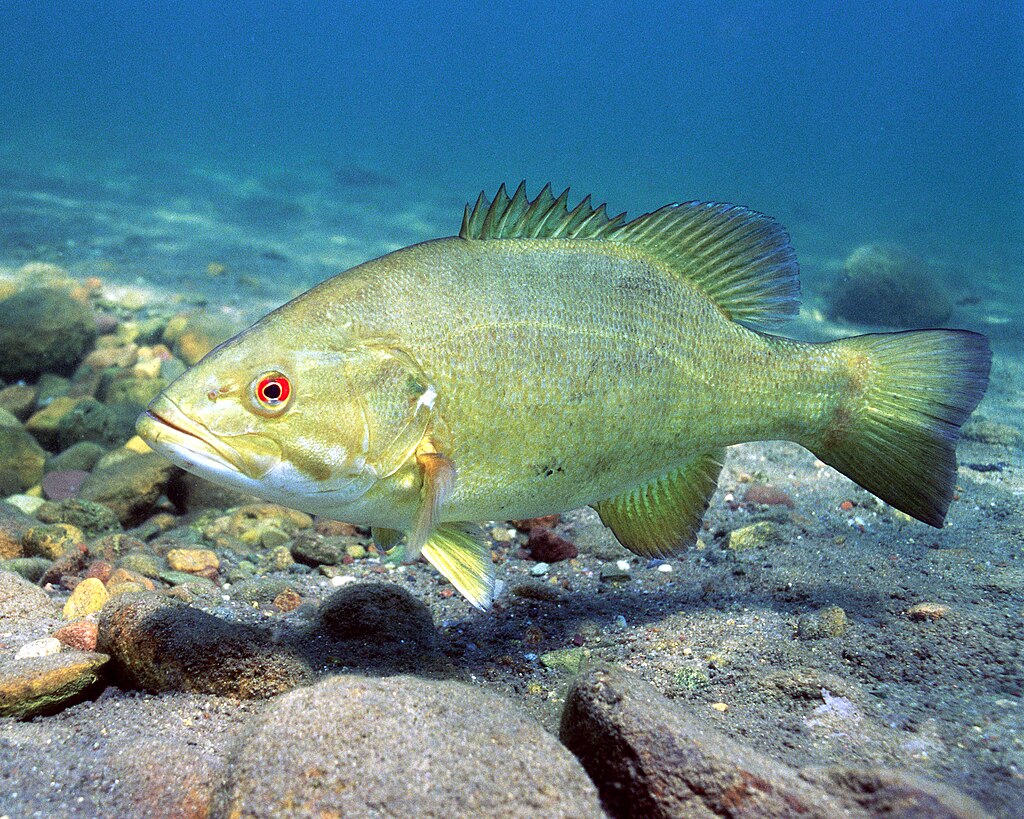
Summer heat affects different fish species in varying ways, making it wise to adjust your target species based on the conditions. Warmwater species like largemouth bass, catfish, carp, and many panfish generally remain more active in higher temperatures, making them better summer targets than coldwater species.
Specifically, catfish often feed aggressively during the hottest periods when other species become inactive, potentially providing excellent fishing during otherwise slow times. Striped bass and hybrid stripers actively seek the coolest available water and often school tightly in these areas, creating opportunities for multiple catches once located.
Coldwater species like trout and salmon become severely stressed as temperatures rise, making it ethically questionable to target them during extreme heat unless fishing tailwaters, spring-fed streams, or high-elevation waters that maintain suitable temperatures.
Slowing Down Your Presentation
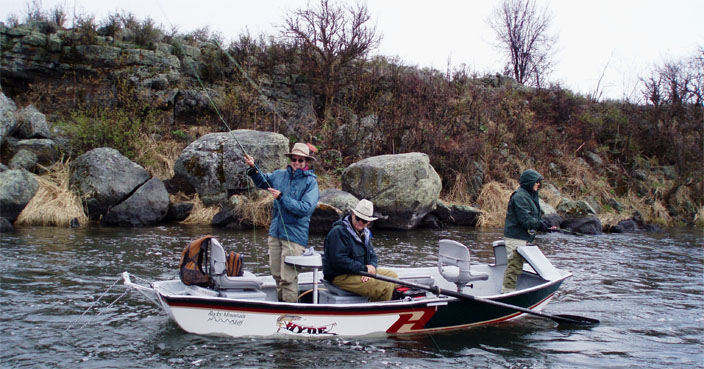
The summer heat significantly impacts fish metabolism and energy conservation, requiring anglers to adjust their presentation accordingly. During peak heat, most fish species become more lethargic, unwilling to chase fast-moving lures or bait over long distances. Successful summer anglers typically slow their retrieves dramatically, allowing fish more time to locate and strike offerings without expending excessive energy.
Techniques like drop-shotting, deep vertical jigging, suspended live bait, and slow-rolled bottom presentations often outperform faster methods during hot weather. When bass fishing, replacing aggressive power fishing techniques with methodical finesse presentations using lighter lines and smaller baits can make the difference between success and failure. Remember that summer fish might be willing to feed but unwilling to work hard for their meals.
Targeting Specific Summer Structures
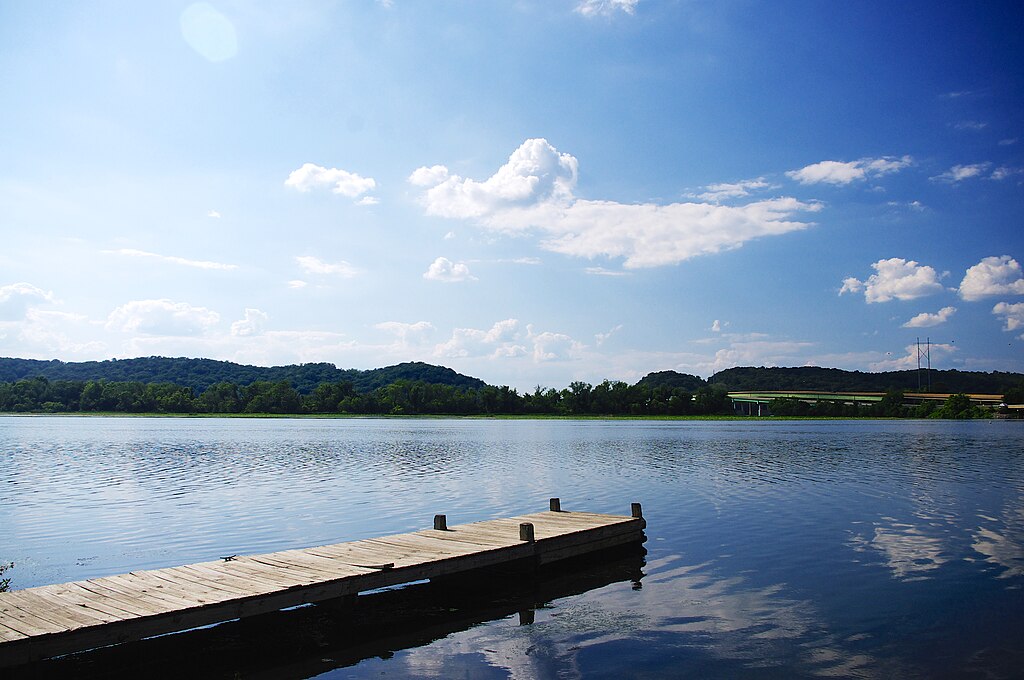
Summer heat forces fish to seek specific types of habitat structure that provide both comfort and feeding opportunities.
Deep main-lake points adjacent to feeding flats allow fish to move up quickly to feed during low-light periods before retreating to cooler depths. Submerged humps, ridges, and offshore structure surrounded by deeper water create current breaks and feeding stations while allowing quick access to cooler depths. Bridge pilings, deep boat docks, and marina structures provide both shade and vertical feeding opportunities while maintaining proximity to deeper water.
During summer, many anglers shift their focus entirely to offshore structure rather than shallow areas, using electronics to locate both the structure and the fish relating to it. Understanding seasonal movements helps predict which structures will hold fish as temperatures rise through the summer months.
Essential Gear for Hot Weather Fishing
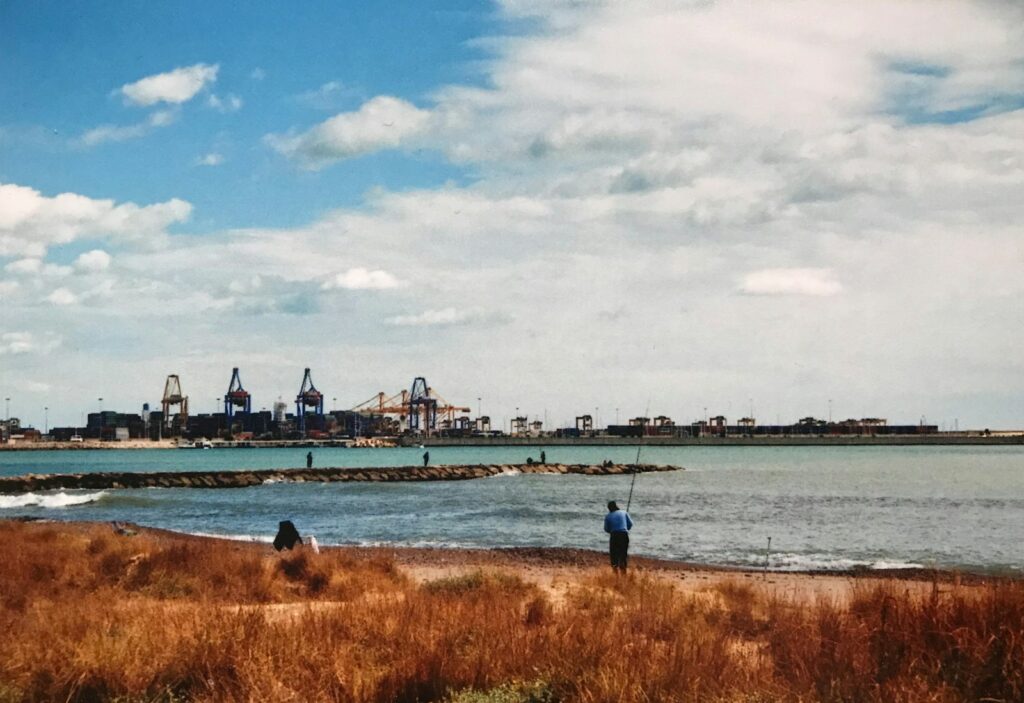
Fishing effectively during intense summer heat requires specialized gear both for angler comfort and fishing success. High-quality sunglasses with polarized lenses reduce glare, protect eyes, and improve visibility into the water, helping identify structure and fish. Lightweight, breathable clothing with UPF sun protection, including long sleeves and pants, often provides better protection than minimal clothing, while wide-brimmed hats shield the face and neck from harmful rays.
A reliable cooler filled with plenty of ice, water, and electrolyte-replenishing drinks becomes not just a convenience but a safety necessity during extended hot-weather outings. Consider specialized cooling towels, portable fans, and umbrella attachments for boats to create shade and reduce exposure during the hottest parts of the day.
Adapting Your Bait and Lure Selection
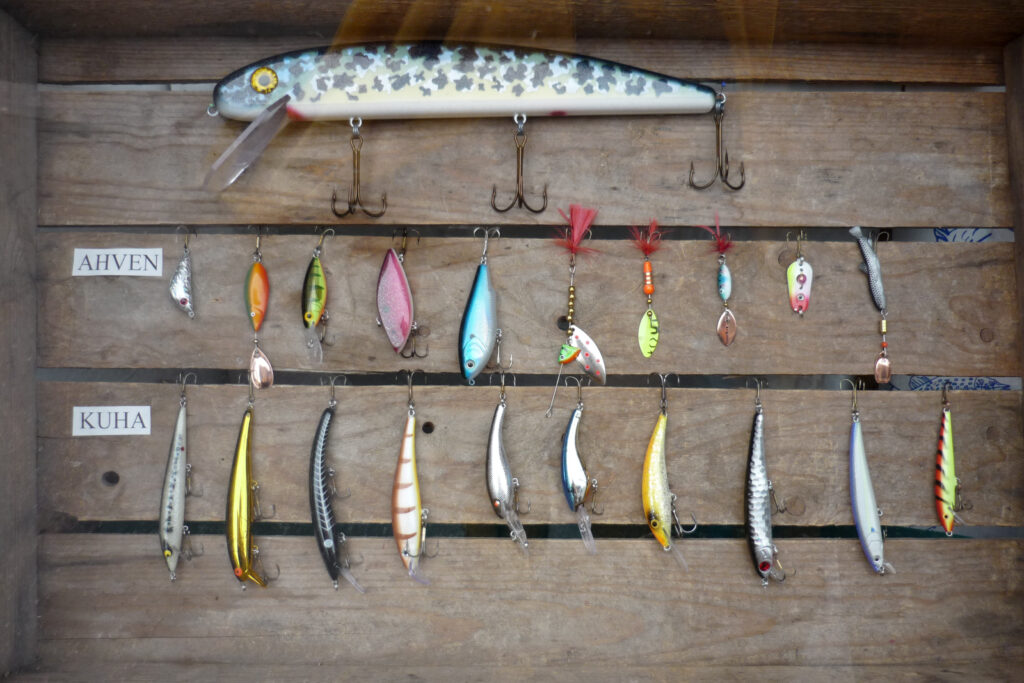
Summer heat necessitates significant adjustments to bait and lure choices to match changing fish preferences and behaviors. Natural baits often outperform artificial options during extreme heat, with live crawfish, nightcrawlers, minnows, and shad maintaining action and scent even when fished slowly. Downsize your offerings as many fish become more selective during hot periods, with smaller profile baits often triggering more strikes than larger alternatives.
Scent-enhanced soft plastics and lures help attract fish that might be less willing to chase visually, with scent trails becoming particularly important in still, warm water. When using artificial lures, focus on presentations that can be fished slowly and maintained in the strike zone longer, such as weighted soft plastics, drop shot rigs, jigs, and Carolina rigs.
Fishing Deep Water Effectively

During summer’s peak heat, mastering deep water techniques becomes essential as fish seek cooler temperatures in deeper zones. Vertical jigging allows precise presentation to suspended fish or those holding tight to deep structure without extensive horizontal movement. Deep-diving crankbaits, heavy spoons, and weighted swimbaits can reach productive depths while maintaining a relatively horizontal retrieve path through the water column.
Sophisticated electronics usage becomes crucial for identifying not just depth contours but actual fish positioning, thermoclines, and subtle structure that concentrates deep summer fish. Pay close attention to depth changes when getting bites, as summer fish often suspend at specific depths corresponding to temperature breaks, oxygen levels, or baitfish concentrations rather than relating directly to bottom structure.
Night Fishing Strategies

Night fishing offers a highly effective alternative during summer’s hottest periods, often providing the day’s most productive fishing hours.
Black or dark blue lures create better silhouettes against the night sky from a fish’s perspective looking up, making them typically more effective than brighter colors after dark. Noisy topwater lures, particularly those creating significant surface disturbance, help fish locate offerings using their lateral line sensing abilities when visibility is limited. Illuminated bobbers, rod tips, and subtle lighting on boats improve angler efficiency without excessively spooking fish with bright lights.
Safety considerations become particularly important during night fishing, including navigation lights, headlamps, careful organization of tackle, and extra caution around hooks and line when visibility is limited.
Proper Fish Handling in Hot Weather
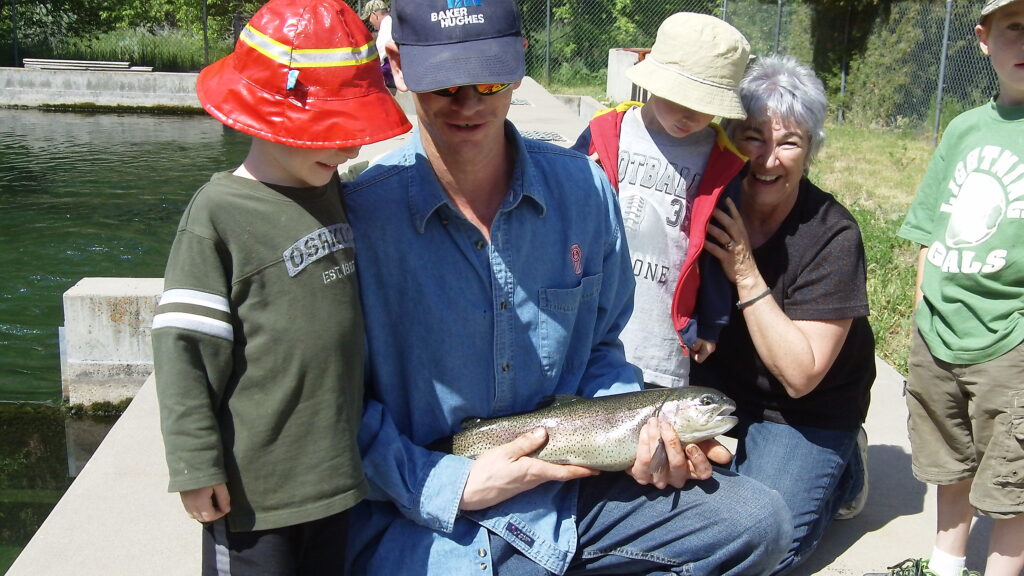
High water temperatures create additional stress for caught fish, making proper handling crucial for survival after release during summer months. Minimize air exposure dramatically during hot weather, limiting it to 10 seconds or less whenever possible, as warm air can quickly damage gill filaments already stressed by low oxygen conditions. Use wet hands or rubberized nets rather than dry hands or abrasive materials when handling fish to protect their protective slime coating.
When catch-and-release fishing during extreme heat, consider temporarily suspending fishing activity if water temperatures exceed critical thresholds for target species (generally above 75°F for trout or 85°F for many warmwater species). Fight and land fish quickly rather than prolonging the battle, as extended fights in warm, oxygen-depleted water can cause irreversible physiological stress even if the fish appears to swim away normally.
Staying Safe and Comfortable on the Water
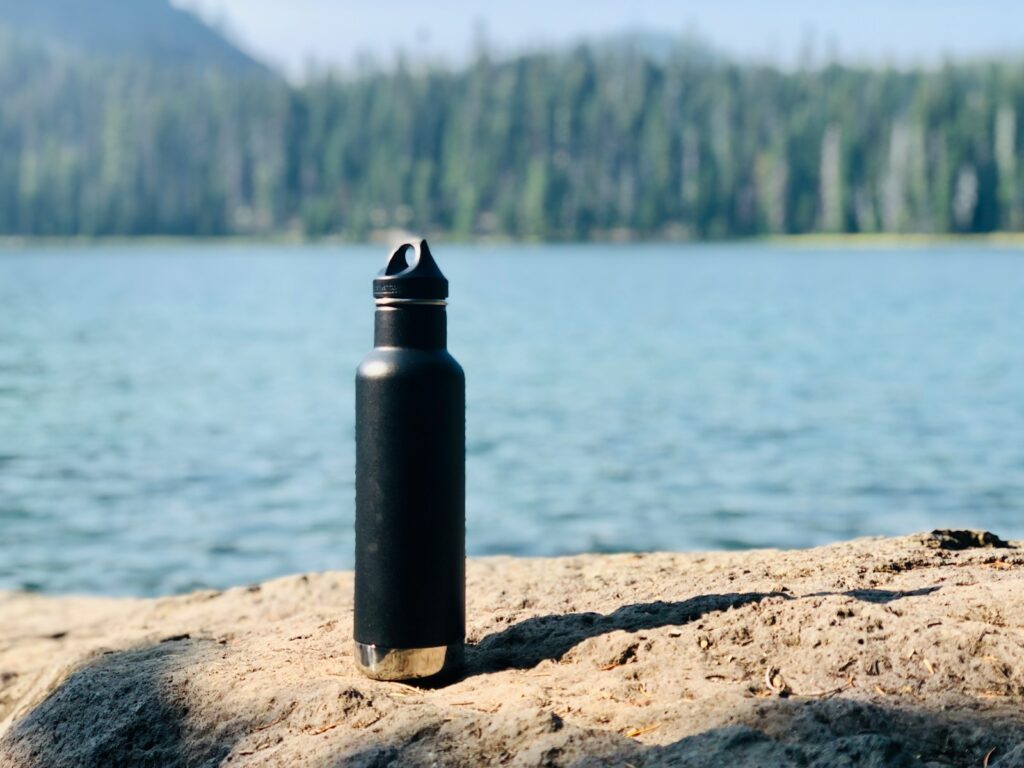
Fishing effectively during intense summer heat requires prioritizing personal safety through proper preparation and awareness. Hydration becomes critically important, with experts recommending consuming at least one liter of water per hour of exposure during extreme heat, supplemented with electrolyte drinks rather than caffeinated or alcoholic beverages that accelerate dehydration. Apply and regularly reapply high-SPF, water-resistant sunscreen to all exposed skin, remembering often-overlooked areas like the tops of feet, backs of hands, and ears.
Recognize the early warning signs of heat-related illness, including headache, dizziness, nausea, and decreased sweating, and immediately seek shade, hydration, and cooling if these symptoms appear. Consider shorter fishing sessions during extreme heat, focusing on the most productive early morning and evening periods rather than enduring dangerous midday conditions.
Planning Multi-Species Approaches
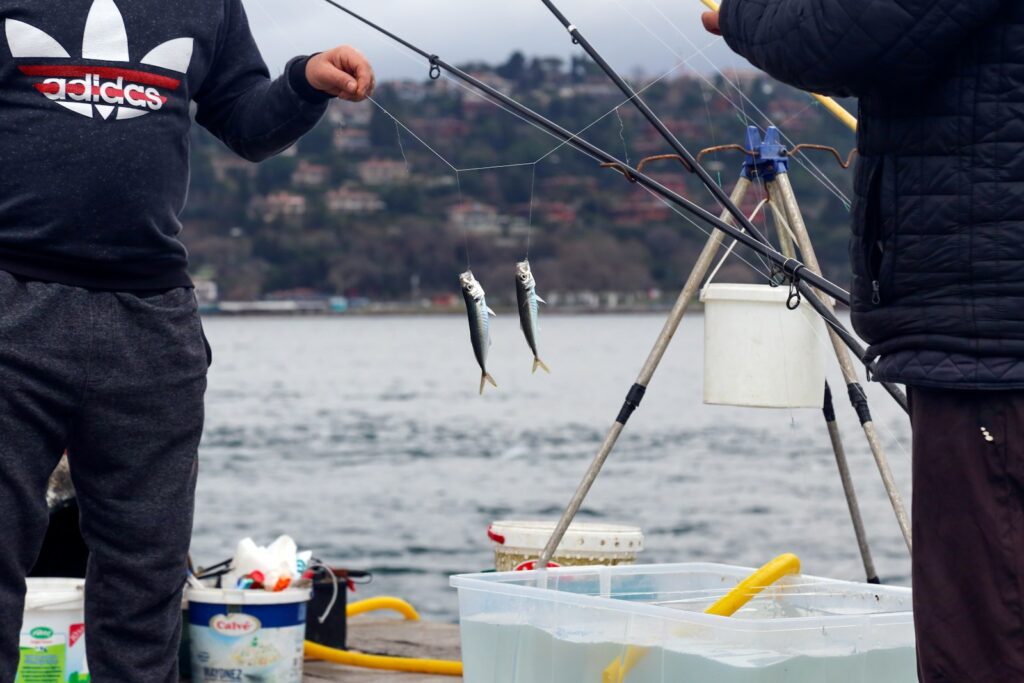
Developing a flexible, multi-species strategy often yields the most consistent success during summer’s challenging conditions. Research and identify which species in your local waters typically remain most active during the hottest periods, potentially shifting focus from traditional target species to more heat-tolerant alternatives. Prepare multiple rod setups rigged for different species and techniques, allowing quick adaptation as conditions change throughout the day without time-consuming retackling.
Monitor fishing reports and local knowledge about summer patterns, as certain species may undergo brief but intense feeding periods during specific weather conditions or times. Consider exploring new waters during summer, particularly those at higher elevations, spring-fed systems, or tailwaters below dams where temperatures remain more moderate and fish activity more consistent.
Conclusion
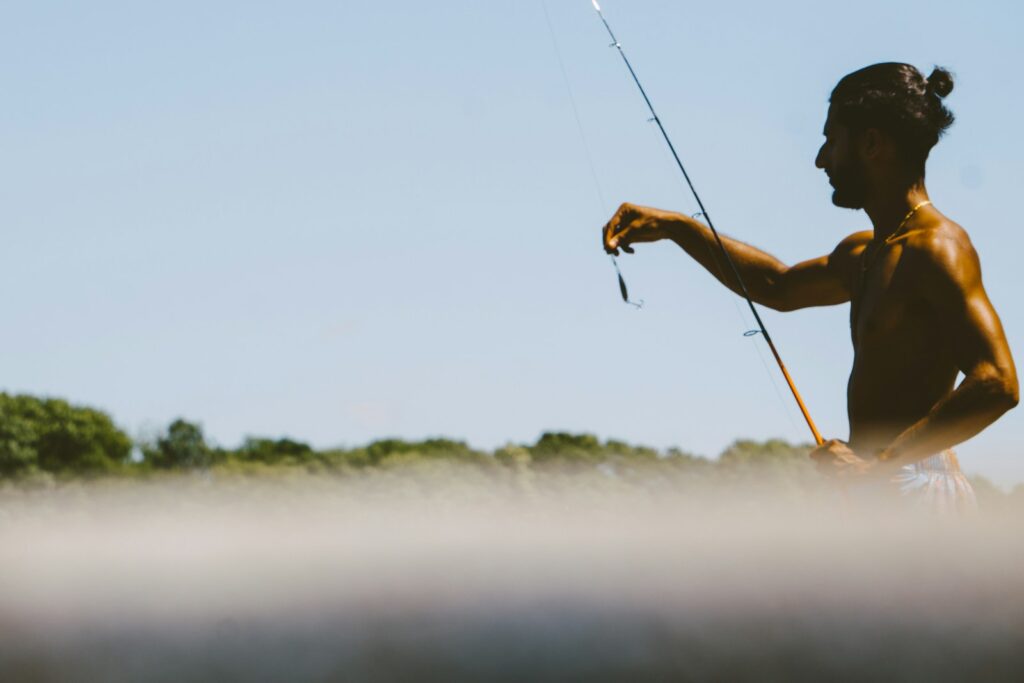
Summer heat presents unique challenges for anglers, but with proper understanding of fish behavior, strategic timing, and appropriate techniques, it can still offer rewarding fishing experiences. By prioritizing both your comfort and the welfare of the fish, adjusting expectations, and adapting to changing conditions, you can enjoy productive fishing even when temperatures soar.
Remember that successful summer fishing often requires more technical skill, patience, and knowledge than fishing in moderate conditions—making each catch that much more satisfying. Whether you’re targeting bass in deep structure, catfish in current seams, or panfish in shaded coves, these strategies will help you beat the heat and continue enjoying your time on the water throughout the hottest months of the year.


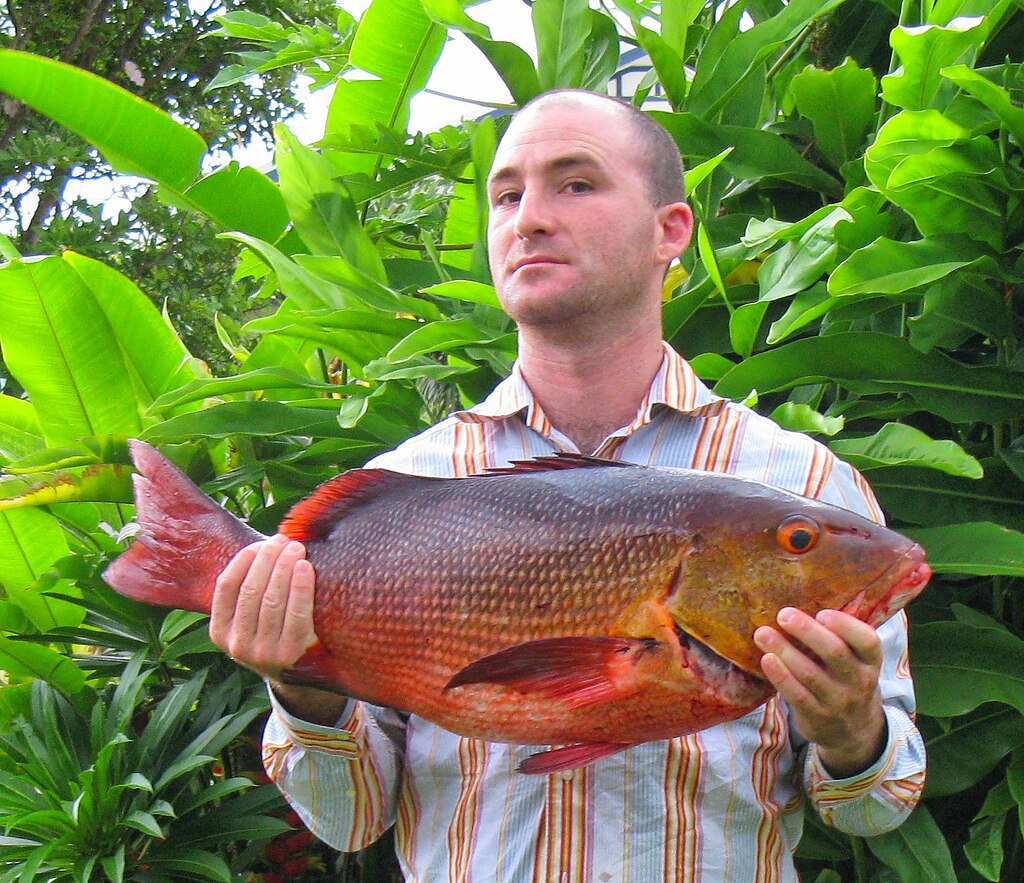











Post Comment